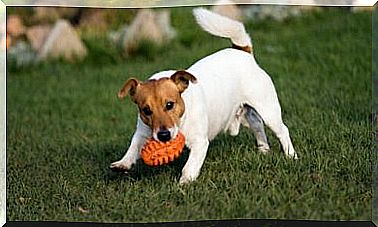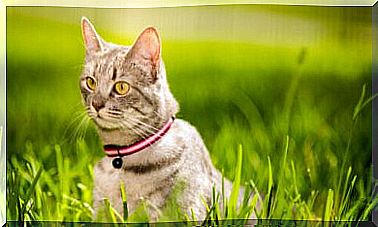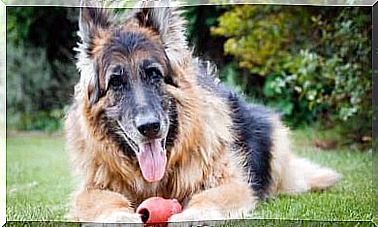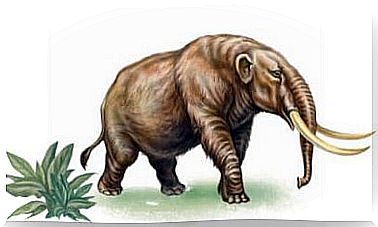Leonberger, An Obedient And Loyal Dog Of German Origin
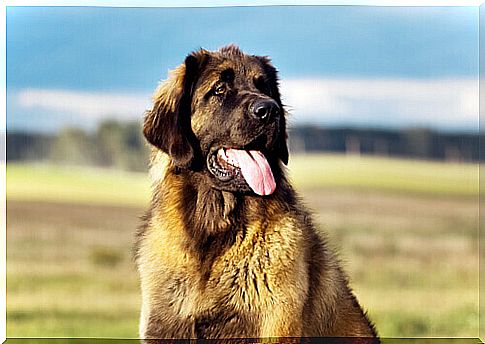
We meet another very special four-legged friend who comes from Germany, the Leonberger. A colossus with a sweet look and thick fur, born from the crossing of large breeds. In this article we will show you the characteristics and curiosities of a very interesting dog that will not leave you indifferent at all.
All you need to know about the Leonberger
History of the breed
Although its origins are not entirely certain, there are several evidences of the existence of the Leonberger already in very remote times. Its past and its history are linked to the most famous Tibetan Mastiff, as the most experts will have noticed. This dog, originally from the Himalayas, played a vital role in the development of the breed it is related to.
In the year 1844, written documents appeared which defined the characteristics of one of his descendants very well and which coincided perfectly with the Leonberger. In fact, it is generally considered as the possible result of the crossing of a Tibetan Mastiff with a Saint Bernard or a Newfoundland.
Geographically, however, his hometown is safe and is called Leonberg. This German location gives its name to the breed we are talking about today. In 1625 there were already attestations of the presence of some specimens of this breed in Austria. In fact, it is known that Marie Antoinette owned one that measured one meter in height.
Later, this dog would become a favorite of the Habsburg imperial courts, becoming very popular in Europe
General characteristics
The Leonberger is a large dog, very portly but still proportionate. It can measure from 75 to 84 centimeters at the withers, in the case of males. 65 to 75 cm if your specimen is female. Its weight varies between 60 and 75 kilograms.

Its legs are muscular, its head very narrow in proportion to its body, showing more depth than width. The eyes have a calm look typical of a docile and loyal animal. Its tail is drooping, due to the thick and heavy hair. The ears, triangular and pronounced, also fold downwards.
This dog has two layers of fur, an outer semi-soft, thick and very long and an inner, short, dense and close to the skin. This conformation allows it to live and work even at low temperatures. The FCI, for this breed, admits the following colors: fawn, golden, reddish but always with a black or dark brown muzzle and nose .
Character
He is a quiet dog , something you will immediately notice in his sweet eyes, as we said before. He is intelligent and confident, as well as being very faithful and docile, qualities that allow him to educate him easily. However, due to his tenderness, the training must be firm but friendly at the same time. He can’t stand punishments or screams: he will withdraw into himself, refusing to learn.
He is ideal as a guard dog, since he is not afraid of strangers and is usually quite wary of them. He loves his family, so he will be willing to lay down his life for its members if need be. He gets along very well with children and even though he will seem like a giant stuffed toy to them , he has the patience to endure any kind of cuddling or play.
Basic care for the Leonberger
Due to its size it is necessary to have a large house, preferably with a large garden. It is an animal that needs a great deal of exercise. In addition to brushing the hair, at least 3/4 times a week, it does not require special care.
As a general rule, the Leonberger is a lazy animal, so it is necessary to “force” him to move, get out and run, in order to keep bones and muscles always in proper shape.
Due to their size, they tend to suffer from hip dysplasia and stomach torsion.
Did you like this dog of German origin, a relative of the Tibetan Mastiff, with tender eyes and a gentle character? Well, if you have the right space and time to dedicate to it, you could adopt one. Having a dog at home will fill your life with joy and color! Especially if you have young children.
